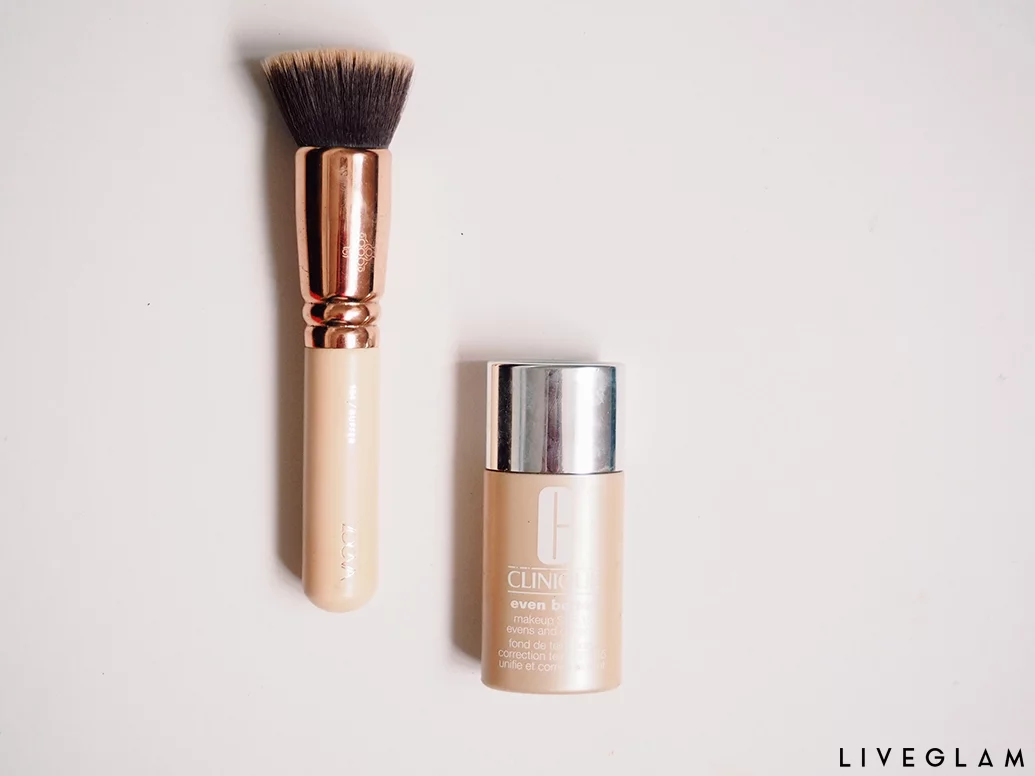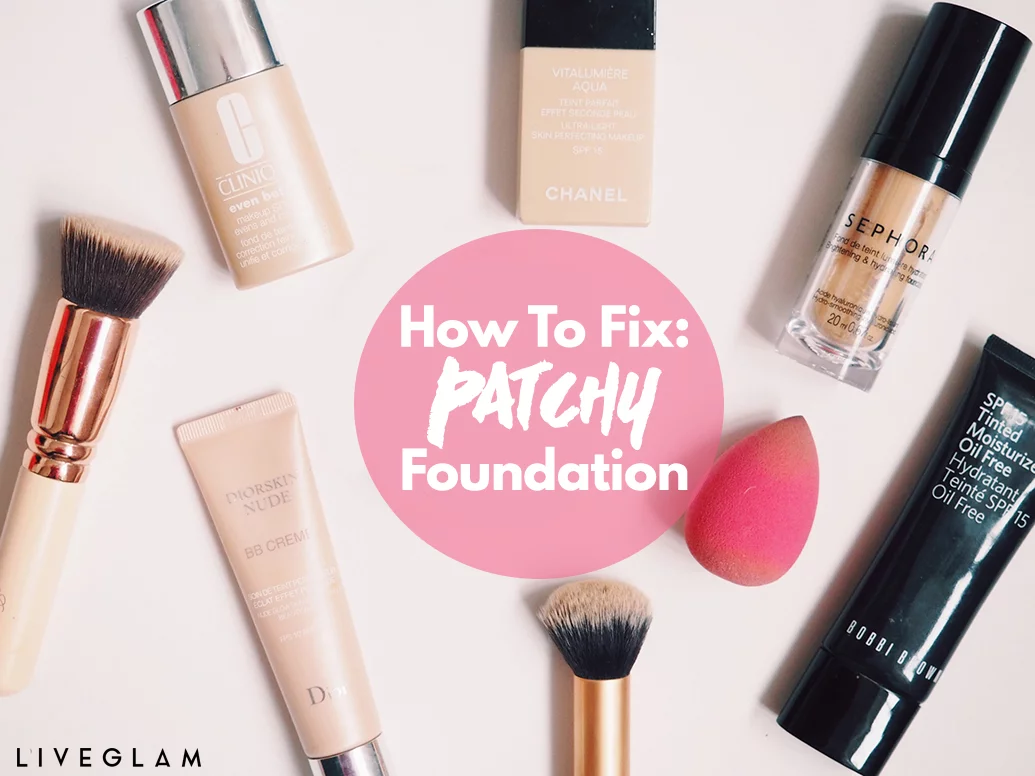Is there anything more devoting half an hour or more of your precious time to buffing and blending your foundation in the hopes of looking Instagram guru worthy, only for you to realise you’ve wasted your time and effort as your makeup is now looking a patchy, hot mess? Probably. But it is still disheartening for the makeup lovers out there, and so we’ve compiled a few our best tricks and methods for ensuring that your makeup applies flawlessly and patch-free.
Are you using compatible formulas?
If you’re applying a facial oil, an oil based primer or a silicone based primer before applying your foundation, you need to make sure that your formulas are matching up. Since silicone doesn’t often perform well when mixed with water, and oil and water separate on the skin (hence the patchiness), teaming your silicone primer up with a silicone based foundation will ensure that no separation or patchiness occurs! How to know if your foundation or primer is silicone based? It can be tricky, but the most commonly listed silicones (you’ll nearly always find them at the top of the ingredients list) include cyclopentasiloxane, siloxane and dimethicone.

Have you moisturised enough?
If the skin isn’t properly hydrated, it will draw the moisture from any product you apply on top of it; hence, your poor dehydrated skin will suck up all the water and emollients from your foundation, leaving you with small and unevenly dispersed splodges of colour pigment. The moral of the story? Always make sure to apply an even layer of moisturiser over the skin before reaching for the foundation bottle.
Are you using the right tools?
If we’re honest, a dense kabuki-style buffing brush is never going to be a match made in heaven for a thick, full-coverage cream foundation. The circular buffing motions we apply our foundation with when using these brushes can drag the product round on the skin and leave streaks, and can lift up any texture or dry patches/flakes, leading to uneven application and patchiness. For full-coverage foundations, reach for a sponge or beauty blender to really work the product in.

Are you regularly exfoliating?
If we neglect the exfoliation step within our skincare routines, it will likely result in our foundation applying unevenly, and gripping on to (and exaggerating) our dry patches and textural issues. Using a mild liquid exfoliant will help to keep dry patches at bay, and will keep the skin looking even and smooth.
Will you be taking any of these tips on board, or do you have any methods or tricks you’ve found helpful? Let us know!


What in- expensive moisturizer do you recommend? I've experienced that some moisturizers being to filmy and when it comes to applying my foundation, it doesn't blend well. Also what exfoliator do you recommend as well ?
Hilda N.
Posted on 17 Apr, 2019
This was so helpful! I’m a beginner at makeup and this has been a problem of mine for so long.
Lily
Posted on 13 Feb, 2020